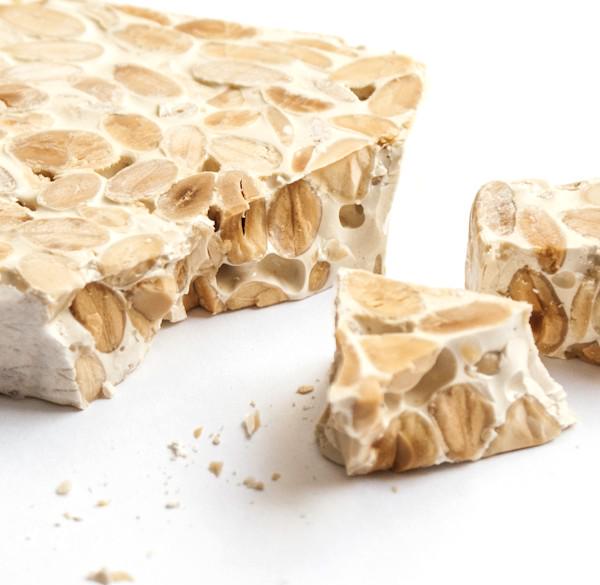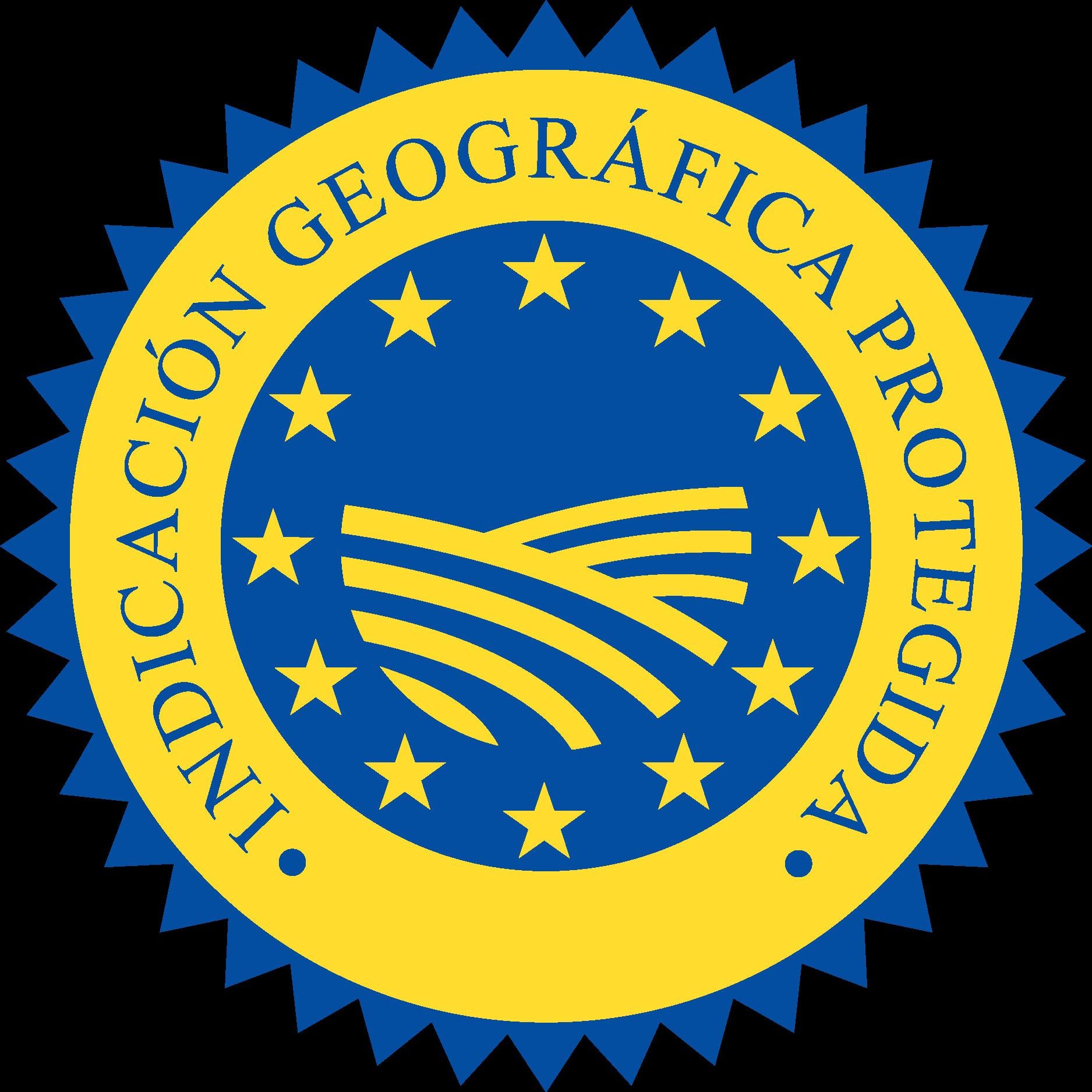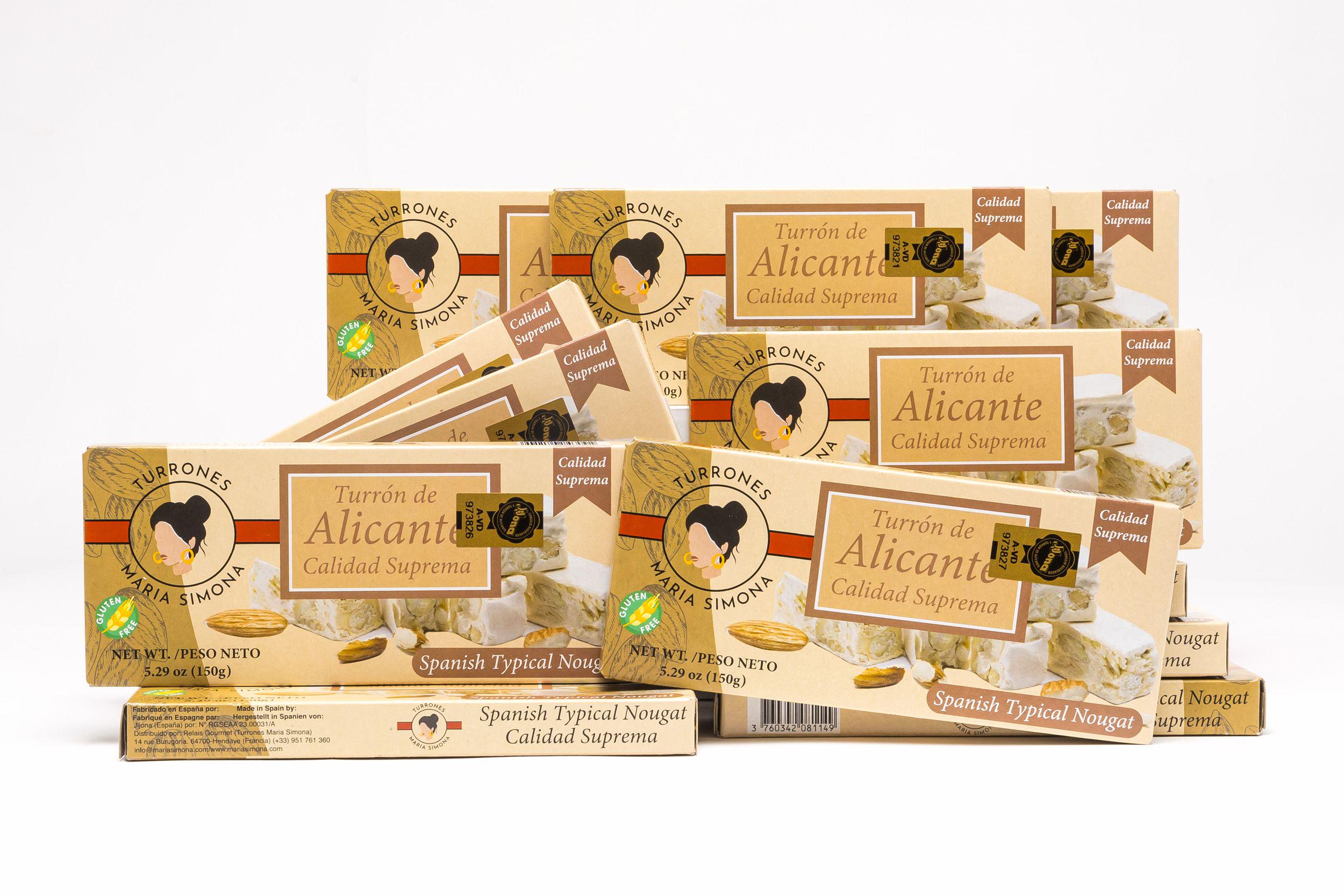Turrón de Alicante IGP | Hard Spanish Nougat, Supreme Quality | A Tradition to Savor - Treat Yourself to the Best - Gluten Free
Turrón de Alicante IGP | Hard Spanish Nougat, Supreme Quality | A Tradition to Savor - Treat Yourself to the Best - Gluten Free
$12.08
The making of Maria Simona’s Alicante nougat follows the traditional recipe
Net weight: 5.3 oz
Shelf life of Alicante Turron: 9 months minimum.
Once opened, store in a cool, dry, dark place away from light and humidity, either in its original packaging or wrapped in aluminum foil or film, then in an airtight container. A common mistake is to store nougat in the refrigerator, which only alters its organoleptic properties as well as its aroma and texture.
Ingredients: 60% roasted almonds, sugar, glucose syrup, 12% honey, wafer coating (potato starch and sunflower oil) and egg white. May contain traces of peanuts, sesame and hazelnuts.
This product does not contain gluten, so it is suitable for coeliacs.
Maria Simona’s hard turron from Alicante has a designation of origin and is protected by the Jijona Regulatory Council.
The history of Alicante turron
Although no one can deny the close connection between the city of Alicante and this sweet, it is not known exactly when and how the “original” nougat appeared. Almonds and honey were already a common food in Greece and Rome, to give energy to Olympic athletes. Spanish nougat also has some similarities with Arab baklava. It is widely accepted that the recipe originated in Arab countries, but there is no proof of this.
In any case, this candy has an importance for the community:
– Firstly, we know that as early as 1582, turron was an important element of Christmas culture in Alicante, as a municipal document from the time mentions that at Christmas time, workers were given Spanish nougat as wages.
– Then, in the play “La Generosa Paliza” by Lope de Rueda, in 1570, the nougat around which the plot revolves is called “turron d’Alicante”.
– Finally, in 1595, Spanish nougat must have been a real passion in the city, because King Philip II was forced to write a letter asking to limit the city's spending on turron and fig bread.
Although the city eventually stopped producing Spanish nougat due to a trade dispute, its name remains a point of reference, associated with the hard variant of this sweet.







